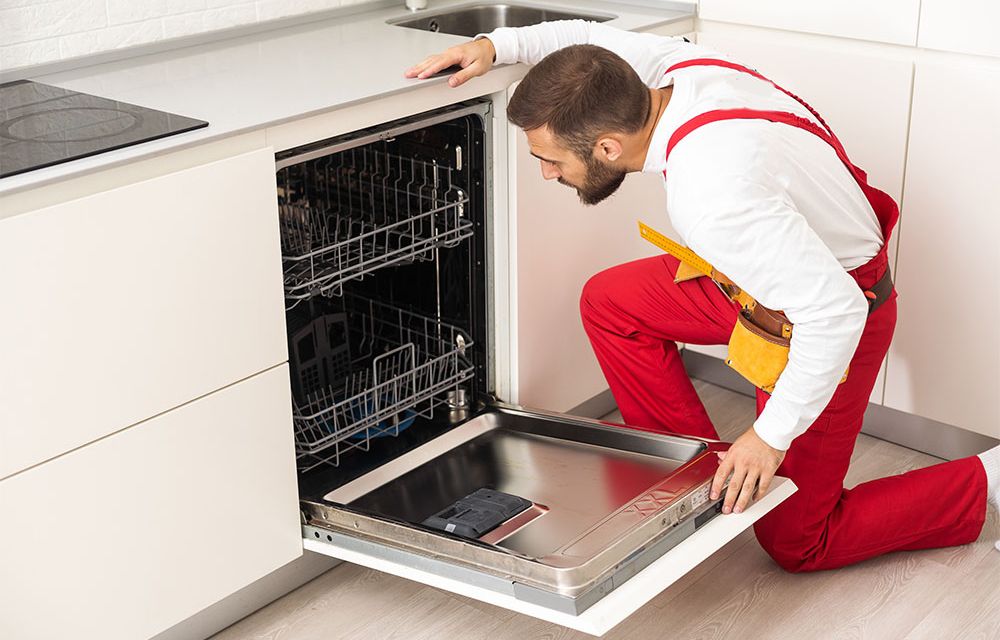Purchasing a home is a significant investment, and protecting that investment is paramount. While homeowners insurance covers damages from accidents and disasters, it doesn’t typically cover the wear and tear of everyday use. That’s where a homeowner’s warranty, also known as a home warranty, comes in. This article will explore what a home warranty is, what it covers, its costs, and whether it’s a worthwhile investment for homeowners in the United States.
What is a Homeowners Warranty?
A homeowner’s warranty is a service contract that helps cover the costs of repairing or replacing major home systems and appliances that fail due to normal wear and tear. It’s different from homeowners insurance, which protects against unexpected events like fires, storms, or theft. Instead, a home warranty offers a layer of financial security against the inevitable breakdowns of everyday home components. Think of it as a safety net for your budget when your refrigerator gives out or your HVAC system needs a repair.
What Does a Home Warranty Cover?
The specific items covered by a home warranty vary depending on the plan and provider. However, most plans typically include coverage for:
- Major Appliances: This includes refrigerators, ovens, dishwashers, washing machines, dryers, and sometimes even built-in microwaves.
- Home Systems: These generally encompass the electrical, plumbing, and heating, ventilation, and air conditioning (HVAC) systems.
Some plans offer additional coverage or add-ons for things like:
- Pool and spa equipment
- Well pumps
- Septic systems
- Roof leaks
It’s crucial to carefully review the policy’s terms and conditions to understand exactly what is covered and what limitations or exclusions apply.
How Does a Home Warranty Work?
When a covered appliance or system malfunctions, the process typically goes as follows:
- File a Claim: Contact the home warranty company and file a claim, providing details about the issue.
- Service Fee: Pay a service fee, also known as a deductible, which is a fixed amount you pay for each service visit. This fee typically ranges from $75 to $150.
- Technician Dispatch: The warranty company will then dispatch a qualified service technician to assess the problem.
- Diagnosis and Repair/Replacement: The technician will diagnose the issue and determine whether it’s covered under the warranty. If it is, they will either repair or replace the item, depending on the policy’s terms.
- Coverage Limits: Keep in mind that home warranty plans often have coverage limits, which means the company will only pay up to a certain amount for a repair or replacement. If the cost exceeds the limit, you’ll be responsible for paying the difference.
What Isn’t Covered by a Home Warranty?

Home warranties typically don’t cover:
- Pre-existing conditions: Problems that existed before the warranty went into effect.
- Cosmetic issues: Issues that don’t affect the functionality of an appliance or system.
- Structural issues: Problems with the home’s foundation, walls, or roof (usually covered by homeowner’s insurance).
- Improper Maintenance: Damage due to lack of maintenance or neglect.
- Natural Disasters: Damage from floods, earthquakes, or other natural disasters (covered by homeowner’s insurance).
- Code Violations or Upgrades: Costs associated with bringing systems up to current building codes or upgrading to newer models are typically not covered.
How Much Does a Home Warranty Cost?
The cost of a home warranty can vary depending on several factors, including:
- Coverage Level: More comprehensive plans that cover more items typically cost more.
- Service Fee: Higher service fees usually result in lower monthly premiums, and vice versa.
- Location: Prices can vary depending on your geographic location.
Generally, you can expect to pay:
- Monthly Premium: $30 to $120 per month, or $350 to $900 annually.
- Service Fee: $75 to $150 per service call.
It’s important to consider both the monthly premium and the service fee when evaluating the overall cost of a home warranty.
Is a Home Warranty Worth It?

Deciding whether a home warranty is a good investment depends on your individual circumstances and risk tolerance. Consider these factors:
- Age of Your Home and Appliances: If you have an older home with aging appliances and systems, a home warranty may be a worthwhile investment to protect against unexpected repair costs.
- Budget: If you’re on a tight budget and can’t easily afford to pay for major repairs out-of-pocket, a home warranty can provide peace of mind.
- DIY Skills: If you’re handy and comfortable with making minor repairs yourself, you may not need a home warranty.
- Emergency Fund: If you have a substantial emergency fund to cover unexpected home repairs, you may not need a home warranty.
- Review the Fine Print: Always read the fine print of any home warranty contract before purchasing it. Pay close attention to what’s covered, what’s excluded, and any coverage limits or restrictions.
Alternatives to a Home Warranty
If you decide that a home warranty isn’t right for you, there are other options to consider:
- Emergency Savings Fund: Set aside money specifically for home repairs.
- Manufacturer’s Warranties: Take advantage of any remaining manufacturer’s warranties on your appliances and systems.
- Homeowners Insurance: Ensure that your homeowners insurance policy provides adequate coverage for damages caused by covered perils.
- Preventative Maintenance: Regularly maintain your appliances and systems to prevent breakdowns.
Conclusion
A homeowner’s warranty can be a valuable tool for managing the costs of home repairs, especially for older homes with aging systems and appliances. However, it’s essential to understand what a home warranty covers, what it doesn’t, and the associated costs before making a decision. By carefully weighing the pros and cons and considering your individual circumstances, you can determine whether a home warranty is the right choice for protecting your home and your budget. Remember to compare multiple providers like American Home Shield, Choice Home Warranty and Liberty Home Guard to find the best coverage to suit your needs.






Leave a Reply